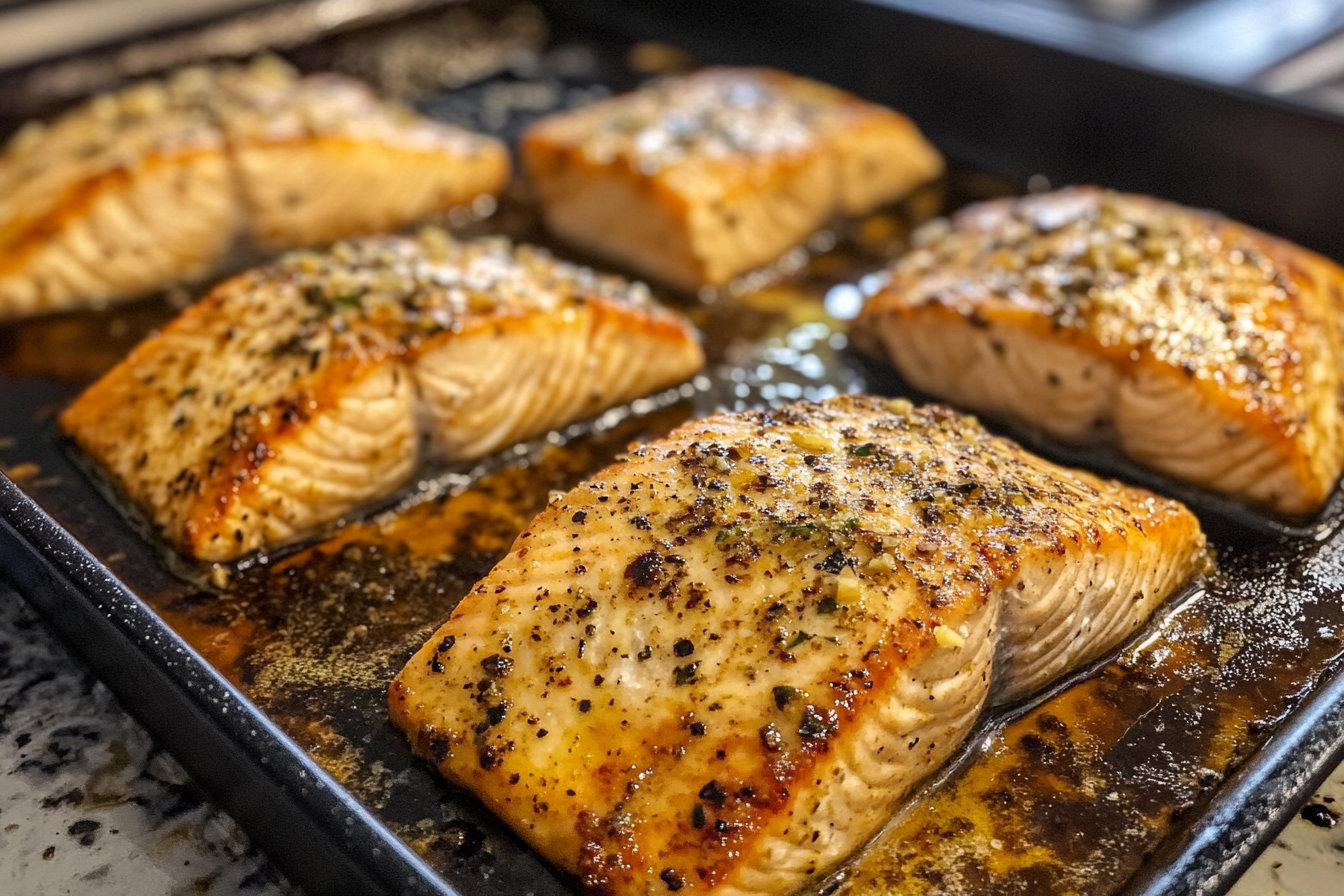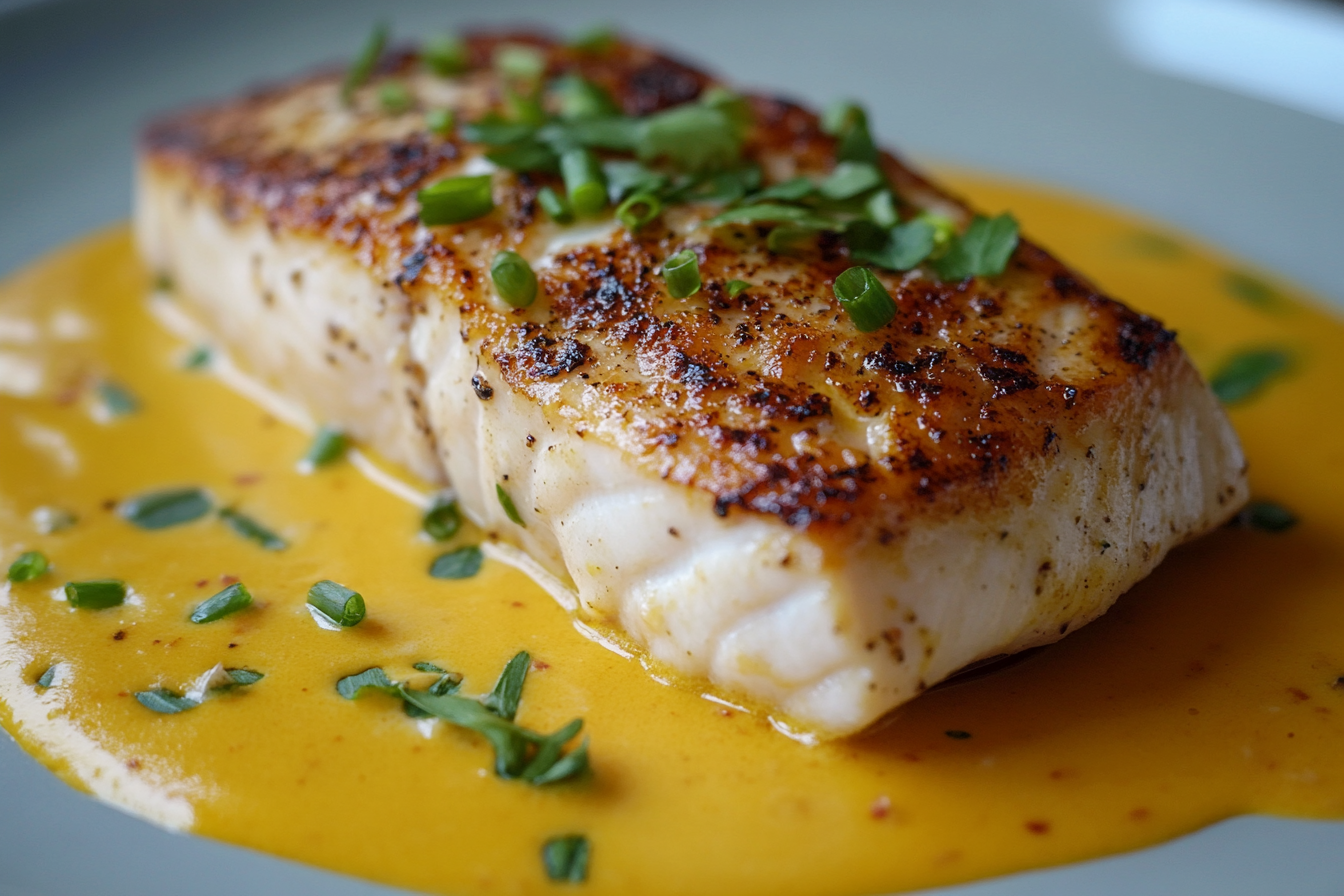Mahi mahi benefits go far beyond its delicious flavor and versatility in the kitchen. Known for its firm texture and mild, slightly sweet taste, mahi mahi is a popular choice among seafood lovers. However, what truly makes this fish stand out are the many mahi mahi benefits that contribute to overall health. Packed with lean protein, omega-3 fatty acids, and essential vitamins, mahi mahi is a nutritional powerhouse that supports heart health, brain function, and even weight management. This post will guide you through the top mahi mahi benefits, along with some of the best recipes and cooking tips to make the most of this sustainable fish.
One of the reasons mahi mahi has become a popular choice in restaurants and home kitchens is its versatility. The firm texture of the fish makes it suitable for a variety of cooking methods, from grilling to pan-searing to baking. Its mild flavor also means it can pair well with many different ingredients, from citrus-based marinades to rich, buttery sauces. This makes it a go-to choice for chefs and home cooks who want a reliable yet flavorful fish.
Another crucial factor in its popularity is its sustainability. Compared to other fish species, mahi mahi populations are not at risk of depletion. The fish has a rapid growth rate and short lifespan, making it more resilient to fishing pressures. Sustainable fishing practices, such as line and troll fishing, ensure that mahi mahi remains an environmentally responsible seafood choice. For more tips on sustainable choices in your diet, check out our guide on creating a fruit platter that highlights eco-friendly sourcing of fresh produce.
Sustainability and Environmental Impact of Mahi Mahi
In today’s world, making sustainable seafood choices is more important than ever. Overfishing and destructive fishing practices have severely impacted the health of many marine ecosystems, putting several species at risk of extinction. Fortunately, mahi mahi is one of the more sustainable fish choices available.
Why Mahi Mahi is a Sustainable Choice
Mahi mahi is considered a sustainable fish primarily because of its rapid growth and high reproductive rate. The fish matures quickly, reaching full size within 4 to 5 months, which means it can replenish its population faster than many other species. Its short lifespan of around 4 to 5 years also makes it less vulnerable to overfishing.
Additionally, mahi mahi is mostly caught using sustainable fishing methods such as longline fishing and trolling. These methods target the fish specifically, with minimal bycatch, meaning fewer non-target species like dolphins or sea turtles are accidentally captured. Moreover, these fishing techniques do not damage the ocean floor, unlike trawling, which can have devastating effects on marine ecosystems.
The Importance of Sustainable Fishing Practices
Choosing sustainably sourced fish like mahi mahi is not only better for the environment but also helps support the livelihoods of fishermen who engage in responsible practices. Organizations like Seafood Watch recommend buying line-caught mahi mahi from responsible fisheries. By making informed decisions about the seafood we consume, we can help maintain healthy fish populations and protect marine biodiversity.
In contrast, overfishing of species like tuna and swordfish has led to declining populations and damaged ecosystems. These species have long lifespans and reproduce more slowly, making them more vulnerable to overfishing. By choosing sustainable options like mahi mahi, consumers can play a role in protecting the ocean for future generations.
Nutritional Benefits of Mahi Mahi
Mahi mahi is not just a versatile and flavorful fish; it’s also packed with nutrients that provide a host of health benefits. Whether you’re focused on heart health, weight management, or overall wellness, mahi mahi is an excellent addition to your diet.
High in Lean Protein
Protein is a vital macronutrient that plays a role in nearly every function of the body, from muscle repair to immune health. Each 3-ounce serving of mahi mahi provides around 20 grams of high-quality, lean protein. Lean proteins like mahi mahi are beneficial because they help build and repair tissues without the added fat and calories found in red meats or fattier fish.
If you’re looking to manage your weight or build muscle, mahi mahi is a fantastic choice. The protein content helps keep you feeling full, while the low fat and calorie levels allow you to enjoy a nutritious meal without compromising your dietary goals. It’s a great option for anyone following a low-calorie or low-fat diet.
Rich in Omega-3 Fatty Acids
Mahi mahi also provides a good source of omega-3 fatty acids, essential for overall health but something the body cannot produce on its own. These healthy fats reduce inflammation, support heart health, improve brain function, and even benefit joint health. Omega-3s actively lower triglycerides, reduce the risk of heart disease, and enhance cognitive function.
While mahi mahi contains less omega-3 compared to fattier fish like salmon, it still provides a beneficial amount, especially when paired with other healthy fats like olive oil or avocado. Omega-3s are crucial for reducing inflammation in the body and supporting overall cardiovascular health.
Low in Calories and Fat
One of the standout qualities of mahi mahi is its low calorie and fat content. A typical 3-ounce serving contains only around 100 calories and less than 1 gram of fat. Despite being low in fat, mahi mahi remains incredibly flavorful and satisfying, thanks to its firm texture and natural sweetness.
This low-calorie, low-fat profile makes mahi mahi an excellent choice for anyone looking to lose weight or maintain a healthy diet. It offers all the benefits of a protein-packed meal without the added calories or unhealthy fats. Additionally, it’s an ideal fish for those following a heart-healthy diet, as it contains minimal saturated fat.
Packed with Essential Vitamins and Minerals
Mahi mahi is also rich in essential vitamins and minerals that contribute to overall health. Some of the key nutrients found in mahi mahi include:
- Vitamin B12: Important for the production of red blood cells and DNA, Vitamin B12 also supports brain function and prevents cognitive decline.
- Vitamin B6: Necessary for protein metabolism and maintaining brain health, Vitamin B6 helps convert food into energy.
- Selenium: A powerful antioxidant that helps protect cells from damage and supports the immune system.
- Potassium: Crucial for maintaining proper muscle function, fluid balance, and nerve signals, potassium also helps regulate blood pressure.
Together, these nutrients make mahi mahi a nutritious choice for anyone looking to improve their diet. By incorporating mahi mahi into your regular meals, you’ll be adding a variety of essential nutrients that promote overall health and well-being.
How to Cook Mahi Mahi
One of the greatest things about mahi mahi is its versatility in the kitchen. Whether you’re a seasoned chef or a home cook, this fish is easy to prepare using various methods. Below, we’ll explore some of the most popular ways to cook mahi mahi, as well as tips to ensure perfect results every time.
Grilling Mahi Mahi
Grilling is one of the most popular methods for cooking mahi mahi. The firm flesh of the fish holds up well on the grill, and the slight smokiness from grilling adds an extra layer of flavor.
Steps for Grilling Mahi Mahi:
- Preheat your grill to medium-high heat.
- Brush the fillets with olive oil and season with salt, pepper, and fresh herbs like thyme or rosemary.
- Place the fillets on the grill and cook for 3-4 minutes per side, turning only once. The fish is done when it’s opaque and flakes easily with a fork.
- Finish with a squeeze of fresh lemon or lime juice for added brightness.
Grilled mahi mahi pairs well with light sides like a summer salad, grilled vegetables, or even a tropical fruit salsa.
Pan-Seared Mahi Mahi
Pan-searing is another fantastic option that results in a crispy, golden-brown exterior and a tender, juicy interior.
Steps for Pan-Seared Mahi Mahi:
- Heat a tablespoon of oil in a non-stick skillet over medium-high heat.
- Season the fish with salt, pepper, and a touch of paprika for a smoky kick.
- Sear the fillets in the skillet for 3-5 minutes per side, depending on thickness, until the fish is golden and flaky.
- Serve with a lemon butter sauce or a simple garlic butter for extra flavor.
Pan-seared mahi mahi is a quick and easy option for weeknight dinners and pairs well with roasted vegetables or a simple grain like quinoa or rice.
Baked Mahi Mahi
Baking mahi mahi is a foolproof method that ensures the fish remains moist and flavorful, especially when cooked with a flavorful sauce or crust.
Steps for Baked Mahi Mahi:
- Preheat your oven to 400°F.
- Place the mahi mahi fillets on a baking sheet lined with parchment paper.
- Drizzle the fillets with olive oil and season with garlic, salt, and pepper.
- Bake for 12-15 minutes, or until the fish flakes easily with a fork.
For added flavor, try a herb-crusted baked mahi mahi. Simply mix breadcrumbs, grated Parmesan cheese, and fresh herbs, then press the mixture onto the fish before baking.
Best Mahi Mahi Recipes
If you’re looking to add some creativity to your meals, here are a few popular mahi mahi recipes to try:
Grilled Mahi Mahi Tacos
These tacos are a fresh, light meal perfect for summer gatherings. Season the fish with cumin, chili powder, and lime juice before grilling, then serve it in warm tortillas with shredded cabbage, avocado slices, and fresh salsa.
Pan-Seared Mahi Mahi with Garlic Lemon Butter
For a quick and flavorful weeknight dinner, pan-seared mahi mahi with garlic lemon butter is an excellent option. The rich, buttery sauce complements the mild fish perfectly, making it a crowd-pleaser.
Herb-Crusted Baked Mahi Mahi
For a more indulgent meal, bake mahi mahi with a crispy herb crust made from breadcrumbs, Parmesan cheese, and fresh herbs. The result is a tender, flavorful fish with a crunchy, golden topping.
FAQs About Mahi Mahi
- What does mahi mahi taste like?
- Mahi mahi has a mild, slightly sweet flavor with a firm texture, making it versatile in various dishes.
- Is mahi mahi safe to eat regularly?
- Yes, mahi mahi is considered a low-mercury fish, making it safe to eat regularly.
- Can I freeze mahi mahi?
- Yes, mahi mahi can be frozen for up to three months in an airtight container. Thaw it in the refrigerator before cooking.
Conclusion
Mahi mahi benefits go far beyond its delicious flavor and versatility in the kitchen. Known for its firm texture and mild, slightly sweet taste, mahi mahi is a popular choice among seafood lovers. Its firm texture makes it ideal for grilling, searing, and baking, while its mild flavor pairs well with various seasonings and sauces. Whether you’re preparing a casual weeknight dinner or an impressive meal for guests, mahi mahi can adapt to your culinary needs.
In addition to its versatility, mahi mahi is packed with nutrients, including lean protein, omega-3 fatty acids, and essential vitamins and minerals. These nutrients support heart health, brain function, and overall wellness, making mahi mahi an excellent choice for anyone looking to improve their diet.
Moreover, the sustainability of mahi mahi means you can enjoy this fish without worrying about the environmental impact. Its fast growth rate and responsible fishing methods ensure that mahi mahi remains a sustainable seafood choice. For more meal inspiration, be sure to explore other recipes, such as our fun Barbie cake guide for creative cooking ideas.



